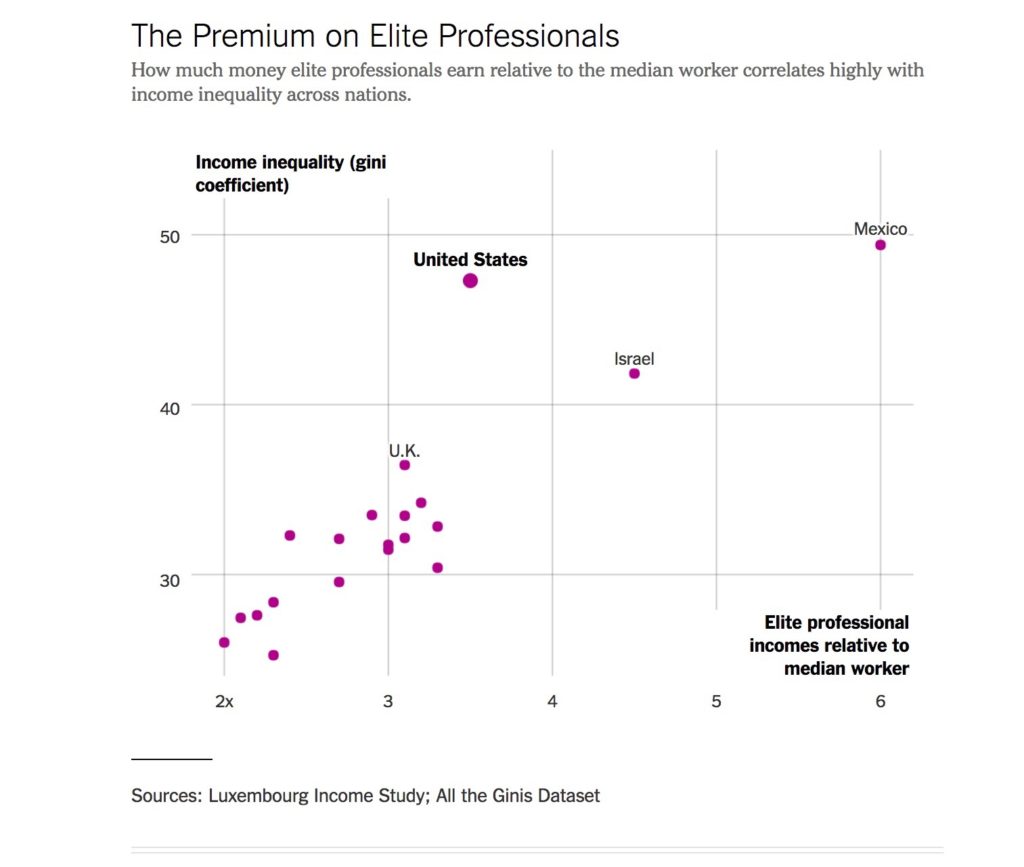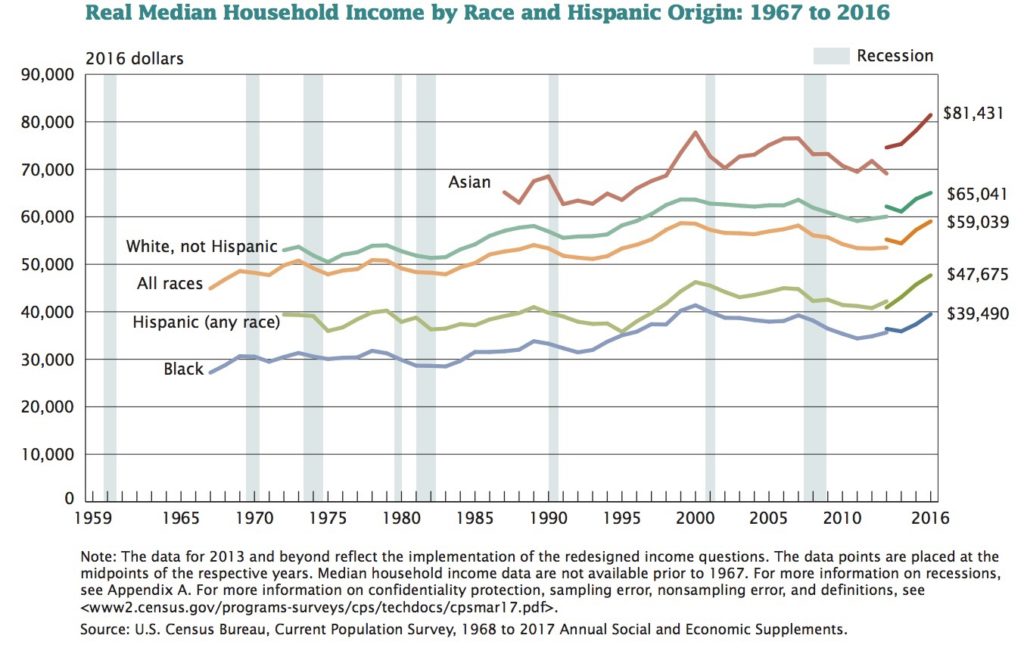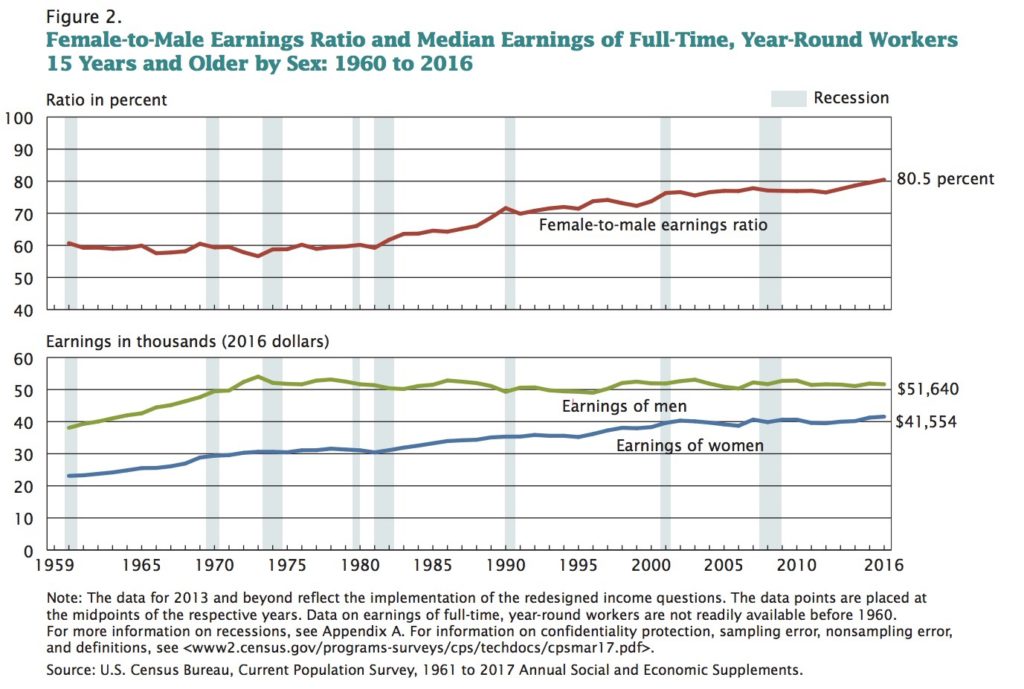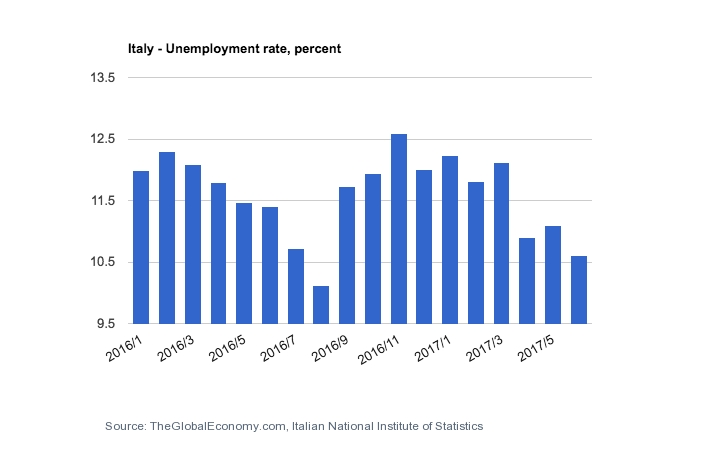How content might redesign the media industry’s business model
Once upon a time, there were newspapers, radio, television, and movie theaters: well-defined platforms through which content was easily spread and consumed. Distribution and its related issues were not a concern. Then the Internet stepped into this tidy situation, followed by mobile devices, along with the creation of apps that also started working as new kind of platforms. From this point forward, all content, from TV shows to commercials, from music to news, began floating in the complexity of the intricate digital media landscape.
Companies have to deal with hundreds of different platforms, the dominant culture of contents consumed for free, users whose preferences change often, and, last but not least, the giants of Facebook and Google, through which pass all content produced on the web. The question is raised: how can media industries still monetize the content they produce?
With this question in mind, I met with Thomas Jorin, of the Strategy & Innovation department at Havas 18, a research hub of Havas, a French global communication group that provides strategies and solutions to connect companies with their customers. Havas works with large media and entertainment companies around the world such as Walt Disney and Universal Music, that explains why Thomas at Havas 18 is so much involved in studying the ongoing processes around how contents are produced, shared, consumed and monetized.
Working in his LA-based office, Thomas is in charge of conducting research in collaboration with the academic world —most often, the University of Southern California and the University of California, Los Angeles— in order to scout innovative business models that might be applied to Havas’ clients.
As soon as we started our conversation, he immediately highlighted the biggest issue that the media industry currently struggles with :“The challenging thing is to change your business model because of your content.” Instead, companies are still replicating the same business model for every type of content and platform they handle: for the majority of them, the only thing changing is the type of screen. Thomas stated that, for example, many advertising companies replicate the same type of ad used on TV even on totally new types of platform such as the influencers.
Yet content is not fixed into a single channel anymore. We have to start thinking of digital content as social content, he continued: “By definition, social content is drastically different from, for example, TV content; it has capillarity, it can move from platform to user, from one person to another; it’s shared by consumers, so the value of it is much more defined by the fact that you share the content.” This means an enormous shift in how content value is measured. In fact, the entire media industry is trapped in limbo while it struggles to redesign its business model.
For example, as Thomas said, Universal Music has to constantly deal with how it is paid by Spotify, Apple Music, Amazon, Pandora, and SoundCloud…and news media outlets are not excluded from this difficult scenario either. Indeed, they seem to be the ones suffering most because of the loss of their once-undisputed role of one-and-only content distributors.
Newsrooms have been trying to protect their content with the paywall business model or the subscription model. “I think this is a very old way to think about news, and more in general about content, because it means that content is designed just for one platform or one website and it can’t go out, it can’t be shared. It can’t be viewed differently, it can’t be consumed differently. If you think about today’s most successful media companies, they’re the ones that let their content go out.” Thomas pointed to the example of Tastemade, which produces food videos, that in his opinion is one of the best media companies because it is able to spread its content on every kind of platform, including TV, generating 2.5 million views a month. “If you think about newspapers, that’s exactly what they should do: try to be the best at what they do and let people have access to their content. But in order to do that, you have to be smart in how to monetize every platform.” And here comes the pain-point of the whole question.
“For example, Tatsemade’s CEO said that they generate everyday revenue in fifteen different ways.” Hence, in order to smartly monetize its own content, a company should be open to adopt a different type of business model every time it changes the context where it publishes content: “At some point, you’re gonna to be paid by platforms, at some points you’re gonna be paid by brands, at some points you’re gonna be paid by consumers because you can develop some premium offers… But you need to play with all of that at the same time and find a balance every month, every week, depending on how the market is doing and where it is going. And you can do that if your content is strong enough to attract interest.”
Therefore, the issue of how to smartly monetize each platform is also connected to the audience.
As Thomas stated, the media industry’s problem stems from continuing to use old criteria to look at people, as well as people’s information—that is, data. “As you look at the communication field, everybody has been focusing on male or female, how old you are, what your income is…that’s a very old school approach—especially right now, when you can customize your content for different users.” The old demographic segmentation placed people in a frame that can’t change over time. “A person is going to change every day. We all are different and even myself, I am different from Monday to Sunday, I am different when I am alone or with friends, I will be different in a year…You should not talk to me in the same way.”
For this reason, the audience was the main focus of one of the research projects conducted by Havas 18 in collaboration with the USC Annenberg Innovation Lab, where in 2014 Erin Reilly, Managing Director and Research Fellow, developed a new framework called Leveraging Engagement. Its main purpose was to reveal the right way to look at the audience in order to properly engage with it. The Leveraging Engagement framework was created to discover the types of motivation that, according to different contexts, trigger people’s interest and bring them to engage with a specific content.
Erin told me that for example Walt Disney is going to apply this framework to its show Andi Mak, in order to identify the underlying motivations that bring its fans to watch it. Once Disney has that information, it will be easier to understand how to improve engagement with its audience and how to better monetize the show and other similar content.
Since motivations are driven by situational triggers that reveal why people engage with specific content, the Leveraging Engagement framework can be applied to many fields, including politics, art, sport, and music. Might it work for the news media as well? Reshaping how news media interact with their audience could help them to develop new ways to earn revenue from their content. As Erin stated, “In any type of media content you can identify the motivation: it’s just knowing the framework and knowing what triggers people’s motivation. If you do that, there are multiple ways to use it to change a company’s business model.”
The recent news that even the biggest ad-supported news media outlets, such as Buzzfeed and Vice, have not reached the revenues that they estimated, has scared shaken the world of digital newsrooms. It has made clear that a new and solid business model is desperately needed. But the problem, as Erin pointed out, is more complex then we think: “I believe it is hard to shift your business model once you have a company. Newsrooms are established industries with certain business models that have been working forever, and so now we are in a cultural shift, which offers new business models, and yet the people in charge are often afraid of what these new business models could mean. I think they are trying to learn but it’s a big risk to be able to shift to something without having the proof to know that it has been validated and that revenues will come in.”
The crisis that the media industry is facing is leading to the redesign of old paradigms through which companies used to think and value content. Music, movies, articles, video, TV shows…are part of our culture and, in spite of the big changes going on, people will continue to consume them in the future, but media companies must figure out HOW people will do it.
As Erin stated, “It’s a bigger problem than just: let’s do a new business model. It has a lot of moving parts that you have to take into account. And it’s a moving target—it’s not that you can shut down the business and restart; it’s still going while you are trying to change.”
by Mara Pometti








